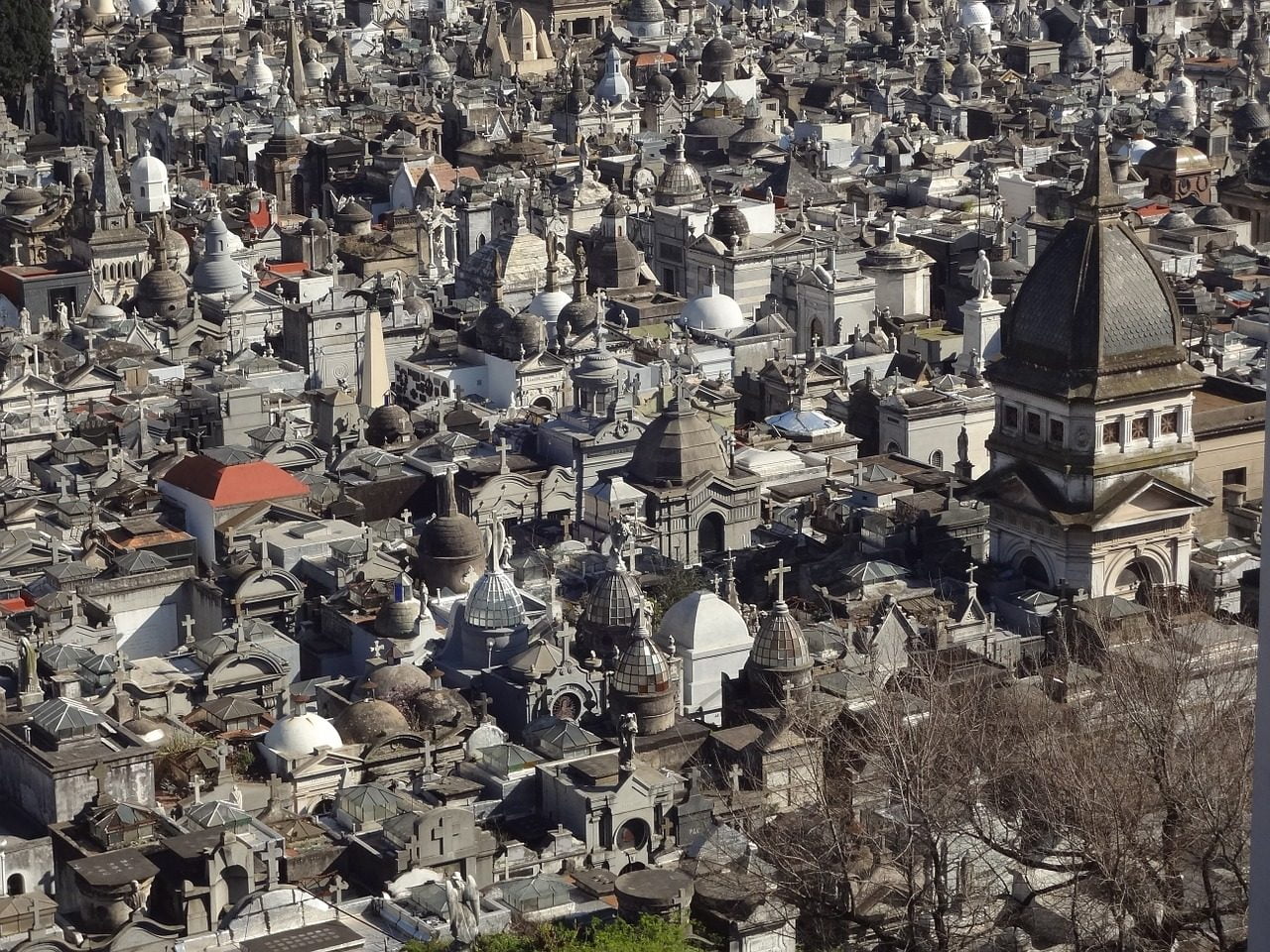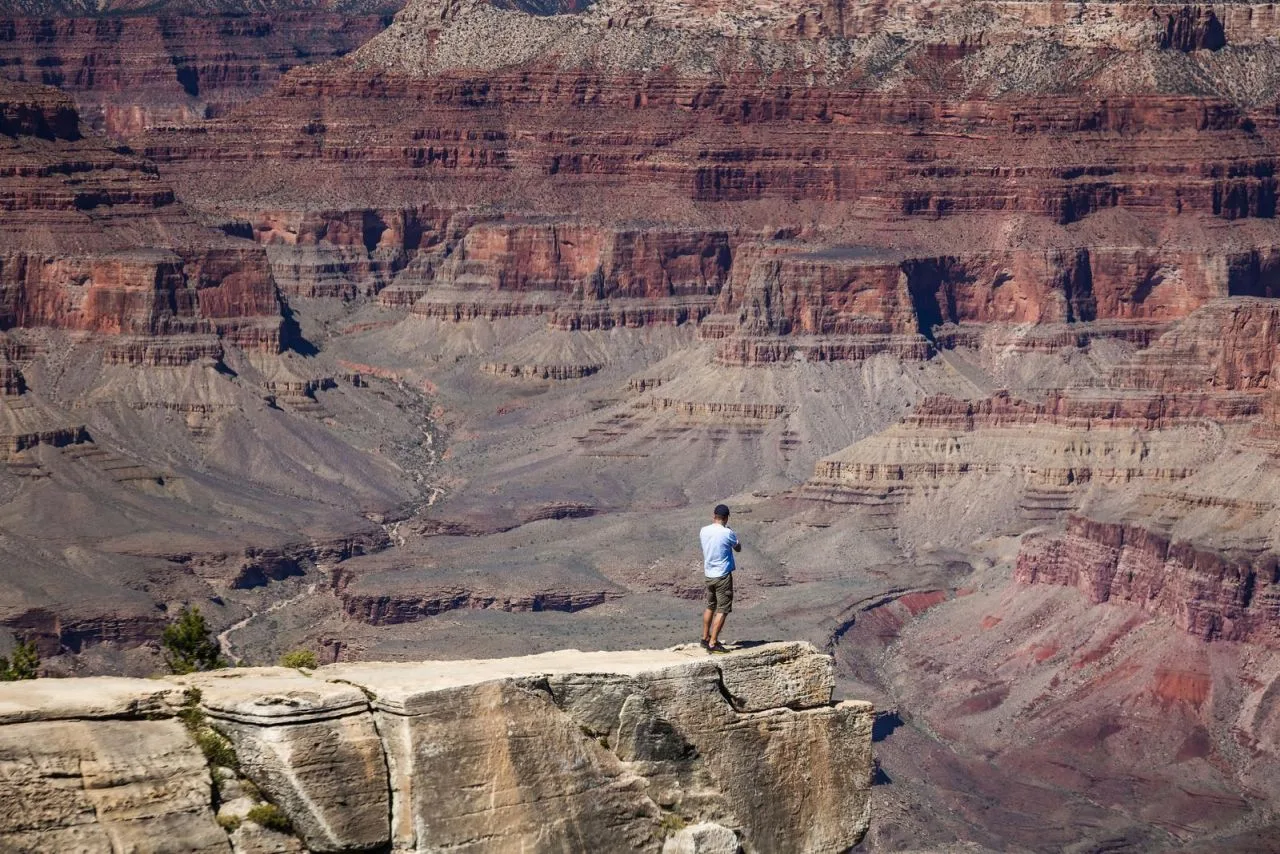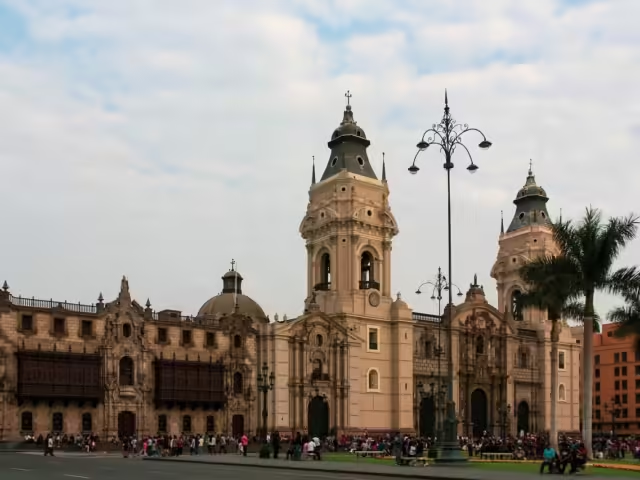Brooklyn Bridge
Address
New York, NY 10038, United States
GPS
40.7127281, -74.0060152
The historic Brooklyn Bridge, which connects Lower Manhattan and Brooklyn across the East River, first opened to traffic in 1883. The bridge is a real piece of New York City history and one of the city’s most iconic landmarks, appearing in several films and television series.
An authentic New York City experience can be had by taking a stroll across the elevated walkway. The entry on the Manhattan side is at Park Row and Centre Street, directly east of City Hall Park; on the Brooklyn side, you can use either Cadman Plaza East or the intersection of Boerum Place and Tillary Street.
Brooklyn Bridge facts
The Brooklyn Bridge is significant because it was the first suspension bridge to use steel cables. The total length of the Brooklyn Bridge is 1825 metres, with the main span measuring in at 486. Before the Williamsburg Bridge opened in 1903, it was the largest suspension bridge in the world. The Brooklyn Bridge is an internationally recognized symbol of New York City and a major tourist attraction.
The history
The narrative of the Brooklyn Bridge’s construction from 1870 to 1883 is fascinating yet heartbreaking.
John Roebling, a civil engineer, conceived and oversaw the entire endeavour. When his ferry from Manhattan to Brooklyn became stranded in the ice on the East River, he had the inspiration to construct this massive bridge.
 John Roebling (born Johannes August Röbling; he was German) convinced the New York City Council to fund the construction of an East River bridge in 1857.
John Roebling (born Johannes August Röbling; he was German) convinced the New York City Council to fund the construction of an East River bridge in 1857.
However, it would take a long time before the required building permission and funding were made available. John Roebling’s goal of a bridge across the East River was finally about to come true in 1869, but building began and he suffered a terrible accident while surveying, resulting in the amputation of one of his feet. Therefore, he had blood poisoning and passed away soon after.
Washington Roebling, his 32-year-old son, took up project management after having previously assisted his father with earlier bridge building endeavors.
The bridge’s two supporting piers were built on innovative caisson foundations. (A caisson is a large, watertight container used for submerged construction.)
This wooden caisson had a hollow interior and was weighted from above before being lowered into the ocean. Overpressurization was used to evacuate the water from the hollow box before the employees could enter. Finally, the excavation was carried out centimetre by centimetre, sending the caisson ever downward.
 Scientists eventually realized how unsafe and cruel the working conditions were in a caisson like that. Worker complaints included difficulty breathing, blacking out, paralysis, eardrum ruptures, and even nose and mouth bleeding.
Scientists eventually realized how unsafe and cruel the working conditions were in a caisson like that. Worker complaints included difficulty breathing, blacking out, paralysis, eardrum ruptures, and even nose and mouth bleeding.
Washington Roebling’s health was severely injured when he climbed into the caisson to personally check the progress of the construction work. The accident left him largely paralysed and dependent on a wheelchair for the remainder of his life. His eyesight was another sense that gradually declined.
Inadequate pressure equalisation upon exiting the overpressure section in the caisson was eventually identified by scientists as the root cause of these effects. Caisson disease, often known as diver’s disease, is the current term for this illness.
Twenty more construction workers were killed while constructing the bridge. Washington Roebling, however, was determined to see his father’s vision through to fruition. He moved into a hotel room with a telescope so he could keep an eye on the building site, and he made his wife, Emily, his assistant engineer. In the eleven years that followed, Mary faithfully relayed her husband’s orders to the Brooklyn Bridge’s builders.
On May 24th, 1883, the Brooklyn Bridge was officially opened to the public. US President Chester A. Arthur officially opened the bridge to traffic. Emily Roebling, accompanied by a select group of dignitaries, made history by crossing the bridge first.





